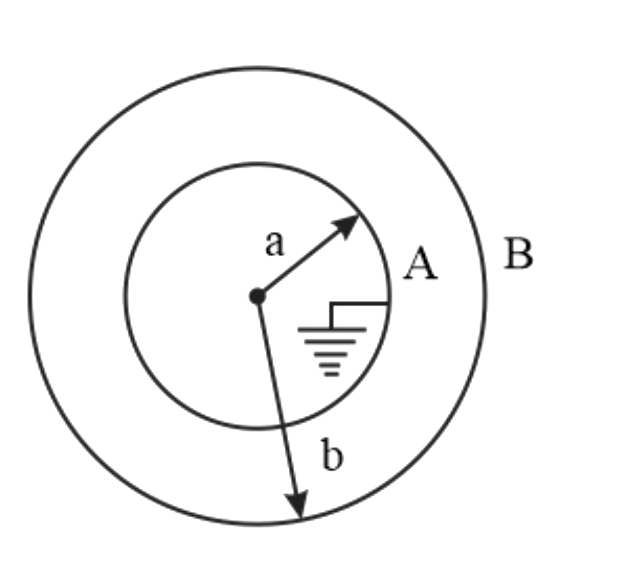Pearl is formed when a foreign substance gets trapped between A of B
(a) A- Shell and mantle B - Pila
(b) A- Nacreous and prismatic layer B-Pinctada
(c) A - Shell and mantle B Pinctada
(d) A- Nacreous and prismatic layer B- Ostrea
A- Shell and mantle B - Pila
A- Nacreous and prismatic layer B-Pinctada
A - Shell and mantle B Pinctada
A- Nacreous and prismatic layer B- Ostrea
The correct Answer is:C
To solve the question regarding how pearls are formed, we need to analyze the options provided and understand the process of pearl formation.
1. Understanding Pearl Formation: Pearls are formed when a foreign substance, such as a grain of sand or a parasite, gets trapped inside a mollusk. The mollusk then secretes layers of nacre (mother-of-pearl) around this foreign object.
2. Identifying Components: The question asks for the components involved in pearl formation:
- A refers to the layers or parts of the mollusk where the pearl forms.
- B refers to the specific species of mollusk involved in the pearl formation.
3. Analyzing the Options:
- Option (a): A - Shell and mantle, B - Pila
- This option mentions "Pila," which is not commonly associated with pearl production.
- Option (b): A - Nacreous and prismatic layer, B - Pinctada
- This option describes the layers but incorrectly identifies the species.
- Option (c): A - Shell and mantle, B - Pinctada
- This option correctly identifies both the layers (shell and mantle) and the species (Pinctada) known for pearl production.
- Option (d): A - Nacreous and prismatic layer, B - Ostrea
- This option mentions "Ostrea," which is not the primary species used for pearl production.
4. Selecting the Correct Answer: Based on the analysis, Option (c) is the only one that correctly states that pearls are formed between the shell and mantle of the mollusk Pinctada.
Final Answer:
(c) A - Shell and mantle, B - Pinctada
- A refers to the layers or parts of the mollusk where the pearl forms.
- B refers to the specific species of mollusk involved in the pearl formation.
- Option (a): A - Shell and mantle, B - Pila
- This option mentions "Pila," which is not commonly associated with pearl production.
- Option (b): A - Nacreous and prismatic layer, B - Pinctada
- This option describes the layers but incorrectly identifies the species.
- Option (c): A - Shell and mantle, B - Pinctada
- This option correctly identifies both the layers (shell and mantle) and the species (Pinctada) known for pearl production.
- Option (d): A - Nacreous and prismatic layer, B - Ostrea
- This option mentions "Ostrea," which is not the primary species used for pearl production.
(c) A - Shell and mantle, B - Pinctada
Topper's Solved these Questions
Similar Questions
[A] : Pearl is formed when a foreign particle gets in between shell and mantle .
[R] : The inner nacreous layer called mother of pearl is formed by layers of CaCO3 and concholin.
View Solution[A] : When a foreign object , such as a sand grain gets in between the shell and mantle , it results in the formation of a pearl .
[R] : The inner nacreous layer of irridiscent nacre is called the mother of pearl which is formed by many thin and alternating layers of calcium carbonate and concholin .
View Solution
Knowledge Check
The innermost layer in the wall of alimentary canal is
(a) serosa
(b) muscles
(c) mucosa
(d) submucosaAserosaBmusclesCmucosaDsubmucosa
In which layer of abscission zone, the breakdown of cells occur?
(a) Gonidial layer
(b) Protective layer
(c) Seperation layers
(d) All of these
View SolutionAbscission zone is characterized by
(a) Presence of callose plugs
(b) Presence of a distinct layer
(c) Activity of celluloses and pectinases
(d) All of these
View SolutionExcretory organs are absent in
(a) Asterias
(b) Sepia
(c) Unio
(d) Pila
View SolutionAleurone layer is rich in:
(a) Proteins
(b) Starch
(c) Lipids
(d) Auxins
View SolutionFigure shows three concentric thin spherical shells A, B and C of radii a, b and c respectively. The shells A and C are given charges q and -q respectively and the shell B is earthed. Find the charges appearing on the surfaces of B and C.

View SolutionFigure shows three concentric thin spherical shells A, B and C of radii a, b and c respectively. The shells A and C are given charges q and -q respectively and the shell B is earthed. Find the charges appearing on the surfaces of B and C.

View SolutionThe equivalent capacitance between A and B, where two concentric spherical shells having radius a and b are connected as shown in the figure.

View Solution
